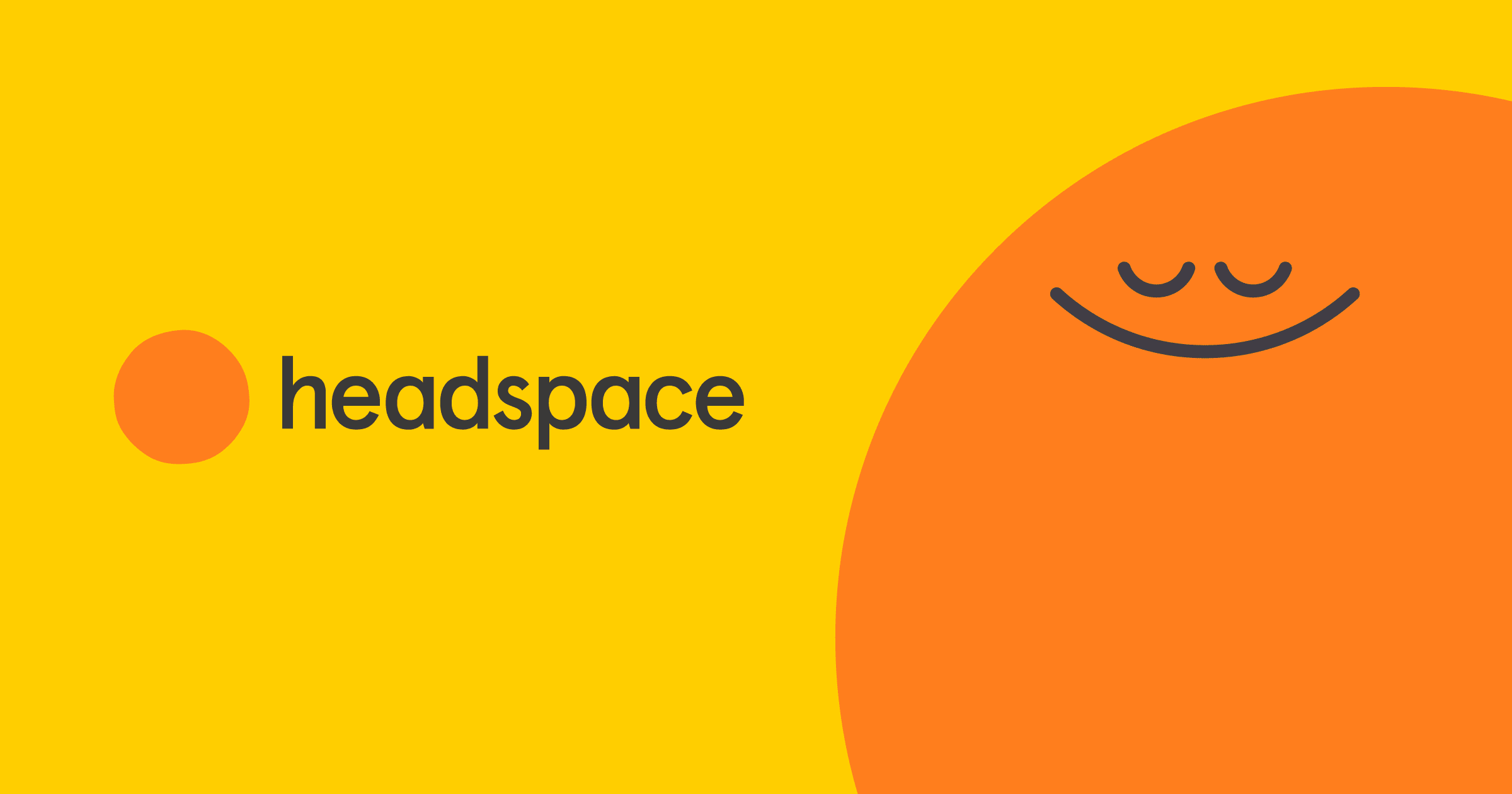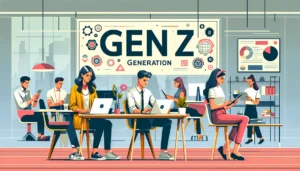-
Provided by

- Date published: Feb 20, 2023
- Categories
According to the World Health Organization, close to 1 billion people around the globe are living with mental health disorders. In the workplace, employers and employees pay the price. Employees with unresolved depression experience a 35% reduction in productivity. The Center for Disease Control (CDC), estimates depression to cause an estimated 200 million lost workdays each year at the cost of $17 billion to $44 billion to employers.
In today’s tight labor market, with high inflation and a looming recession, candidates are prioritizing organizations that support their mental well-being. Happy and engaged workers have a positive impact on the business and are a leading indicator of productivity. Lower healthcare costs, less absenteeism, higher engagement, and retention, are all benefits that await those who look after their employees.
As a provider of mindfulness resources, Headspace Health leads the way with its support for the mental well-being of its employees. Despite 2022’s turbulent labor market, Headspace Health reports a psychological safety score of 86% and an engagement score of 80% with its employees. Chief People Officer Désirée Pascual breaks down how Headspace Health is supporting the mental well-being of its employees at the macro and micro levels, from free access to counselors to empowered employee resource groups (ERGs).

Operationalizing employee mental health
According to a Headspace Health survey, 94% of CEOs think they provide adequate mental health support. Only 67% of employees agree with this sentiment. There is an ever-present gulf between employer and employee expectations. To bridge this gap, Headspace Help aims to provide support for mental well-being at a macro and micro level. Pascual explains why it takes this approach:
“CEOs often put a solution or resource in place and think they have done their job. But there’s still some stigma out there in the world about utilizing these benefits or resources. As leaders, we have an opportunity to talk about our journey and show that it’s okay to access such resources.”
“But organizations also don’t communicate sufficiently the availability of such resources. We need a constant communication stream to let employees know what’s available and how to access it. We need to make it easy for them to access and come back to these resources.”
Macro-level support occurs at an organization or group-wide scale, where micro-level resources are tools, individuals can use to manage their workload or well-being. Within both, Headspace Health is endeavoring to operationalize its mental health support.
“We want mental well-being to become part of the culture of how we work. If you don’t operationalize these things, only a few people will use the resources. Many others won’t. It becomes a frustrating mess for HR, and for employees.”

Headspace Health’s macro-level mental well-being resources
Headspace Health aims to set the standard for looking after its employees. Pascual looks at two of the macro-level initiatives designed to improve employee well-being, and how they are being operationalized.
‘MIND’ Days
Headspace offers two MIND days a month to encourage employees to disconnect from work completely and spend these in any way they wish. The other two Fridays in each month are no-meeting Fridays.
“They’re available to our employees to take care of themselves and their mental health. On MIND days, internal communications go quiet, it is understood that people aren’t expected to respond to any work demands. Instead, they’re encouraged to unplug, and focus on whatever constitutes wellness to them.”
ERGs
ERGs are a core staple of Headspace Health’s culture. With nearly 52% non-white identifying employees, it initially created ERGs as affinity spaces where employees from diverse backgrounds could gather in a safe cohort. This has now transitioned to include allies who want to join ERG meetings. Each ERG has two executive chairs who receive bespoke training to equip the groups for success. Moreover, each ERG has one executive sponsor that is a C-level executive to signal support for these groups.
These groups are vital for employees to have a safe space to talk about their experiences and be open about their mental well-being. But they also deliver practical solutions that improve employee experience and in turn promote better mental health for all employees in an inclusive way.
“The CEO and I meet with these ERG leaders in regular intervals to receive feedback and any concerns that may emerge in their communities. We can then address any needs or close gaps and concerns they see.”
“ERGs also inform operational goals. One such goal that we’re working on with an ERG leader currently is supporting the advancement of historically underrepresented employees in our organization. The ERG, ‘POWHER,’ is specifically for Black women. We’ve started tracking advancement for this cohort within our organization. And we’re also providing very specific resources and leadership training to promote their development to the next level in their career.”

Tackling mental health at the micro-level
Alongside these large-scale practices, Headspace Health has developed a comprehensive training program. The training gives employees the tools they need to look after their mental health. This is operationalized with policies that empower individuals to put what they have learned into practice.
The ‘Superhuman Series’ training program
In 2022, Headspace Health partnered with two neuroscientists from UC Berkeley to develop a training program named ‘Superhuman Series.’ The neuroscientists rigorously designed the training to help people with hybrid working.
“This program helped our employees within the context of the new world of work. We gave employees training on building focus blocks to help avoid disruptions. It legitimizes employees to block off the time they need to do deep work and make meaningful progress on their most important tasks.”
Breaking the cycle of meetings
Shopify recently made headlines with its plan to allow employees to scrap any recurring meetings with over three participants. Headspace Health is also keen to relieve the burden of meetings on its employees with a similar set of practices.
“We’ve legitimized turning down meeting invites that don’t have a clear agenda or designated purpose. If you’re sent a meeting invite and it doesn’t have a clearly stated purpose and why you should be there, you can turn those invites down.”
“We’ve also implemented ‘mindfully heading out’. This applies to meetings where people feel they are not adding value. You can simply say ‘I don’t think I can add value here, so I will mindfully head out.’”
Mental health playbook
As discussed, many organizations struggle to operationalize mental health training and initiatives. Headspace Health recognizes that simply inviting people to sit through different learning segments is not enough.
“We’ve now written a playbook. We talk about everything from spotting the signs of burnout to practicing self-care. We’re going to roll it out to people managers first, and then out to all employees. It will be a journey to implement some of the challenges, track how it is affecting the workday, and measure the impact on levels of burnout, psychological safety, and engagement via employee surveys.”

The road ahead
As Headspace Health rolls out training and workshops, its playbook, and organizational practices that support employee mental well-being, Pascual recognizes the importance of empowering mid-level managers.
“Heighten your focus on supporting mid-level managers. They are powerful in stewarding healthy workplace cultures. They are the closest to our employees every day. So, provide resources for these managers, train them on how to support their people, and give them pathways to triage any issues that are coming up. Give them support with scripts and specific feeder questions.”
“We’re training our mid-level managers to hold space during check-ins. We’re teaching them to repeat ‘really’ when asking how people are feeling. The second ‘really’ shows that they are listening and care about the response.”
Pascual also reflects on its ongoing plan to offer a diverse scope of support for a heterogeneous workforce.
“We want to offer a broad spectrum of resources. People need various levels of support at different moments in their work lives. Whether it’s free access to a trained mental health coach or the freedom to limit time spent in meetings, we want to help our people wherever they are on the spectrum of need.”
As HR continues to fight for resources and support for its employees’ mental well-being, the work of Headspace Health teaches us that it is not simply what resources organizations deliver that matters, but how they are operationalized on an ongoing basis.






